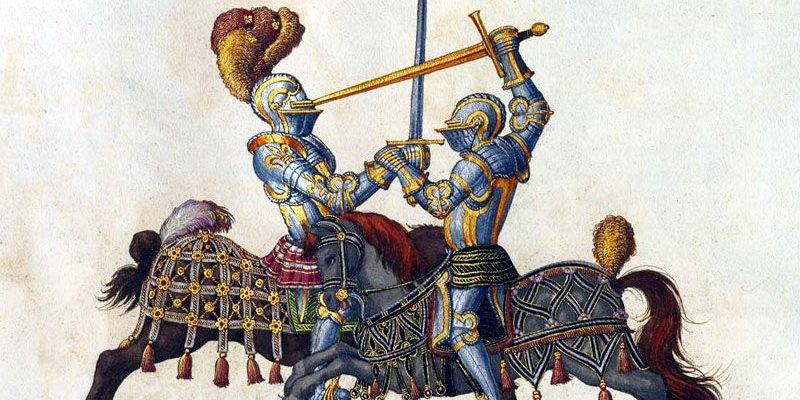Two obvious ideas are the idea of a good “seat”, and an appreciation of distance and feeling.
An effective seat is essential not only for balance and stability, but also for effectively communicating with the horse. Correct posture and weight shifting keeps us balanced and in control, and gives subtle cues to the horse. The basics of a good seat directly apply to fencing – the upright posture, the core stability, the slight tuck of the hips, and the propensity not to turn or twist as the balance shifts. Riders rarely have to be taught these things in fencing – true they may have to be reminded of them from time to time when you first put a sword in their hand, but the understanding is already there, “baked-in” to their understanding through hours of riding practice.
A slightly more obscure example is the understanding of distance and feeling working with horses gives. As much time working with horses is spent around them on foot as it is in the saddle…
Continue reading on Schola Victoria






